6 great RTS games on console
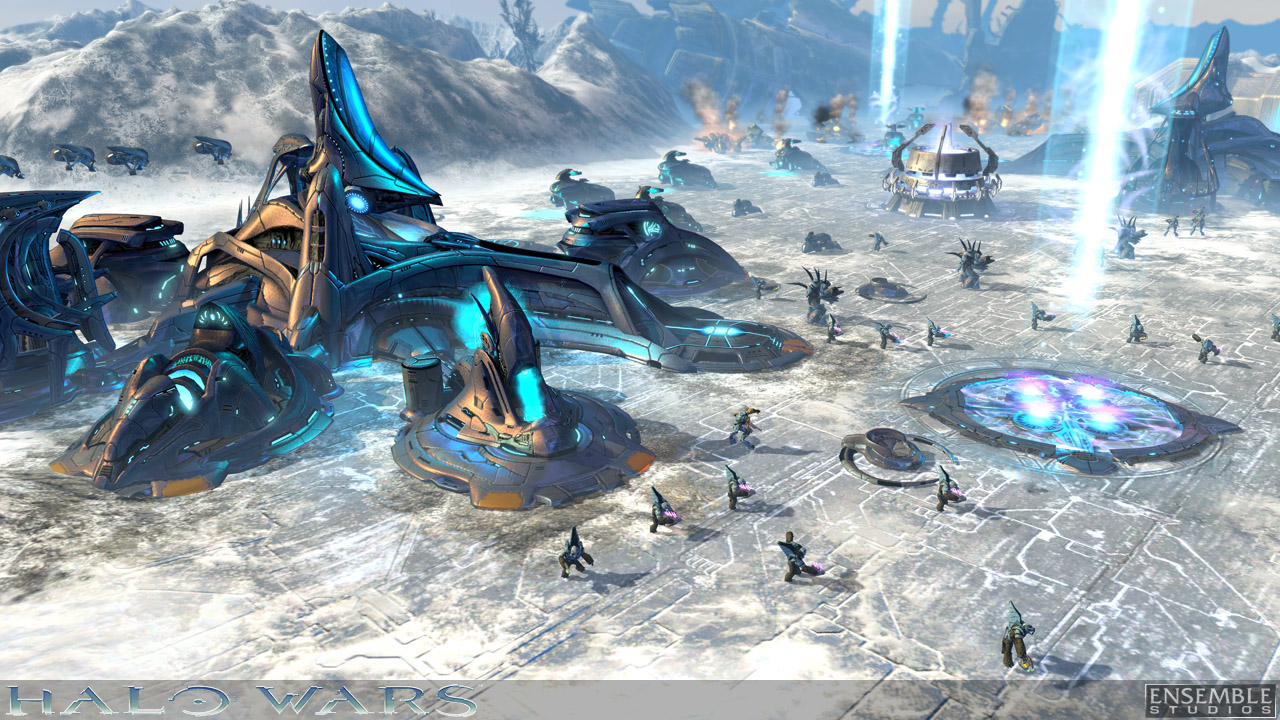
The real time strategy (RTS) genre might be more traditionally associated with PC gaming, but the release of Xbox One's Halo Wars 2 is a timely reminder that strategy games can work well on console, despite being such complicated beasts. You have to manage a base and command an army, which is hard enough to do with a mouse and keyboard, let alone a game console controller. Rising against the odds, we've identified six classic console RTS games that manage to be both playable and sterling examples of the genre. Utilizing fantasy or science-fiction settings with sprawling storylines from either the heroes or the villains points of views, any of the titles is highly recommended as a way for players to enjoy the best strategy games right from their very own couch or couch-equivalent.
1. Dune: The Battle for Arrakis
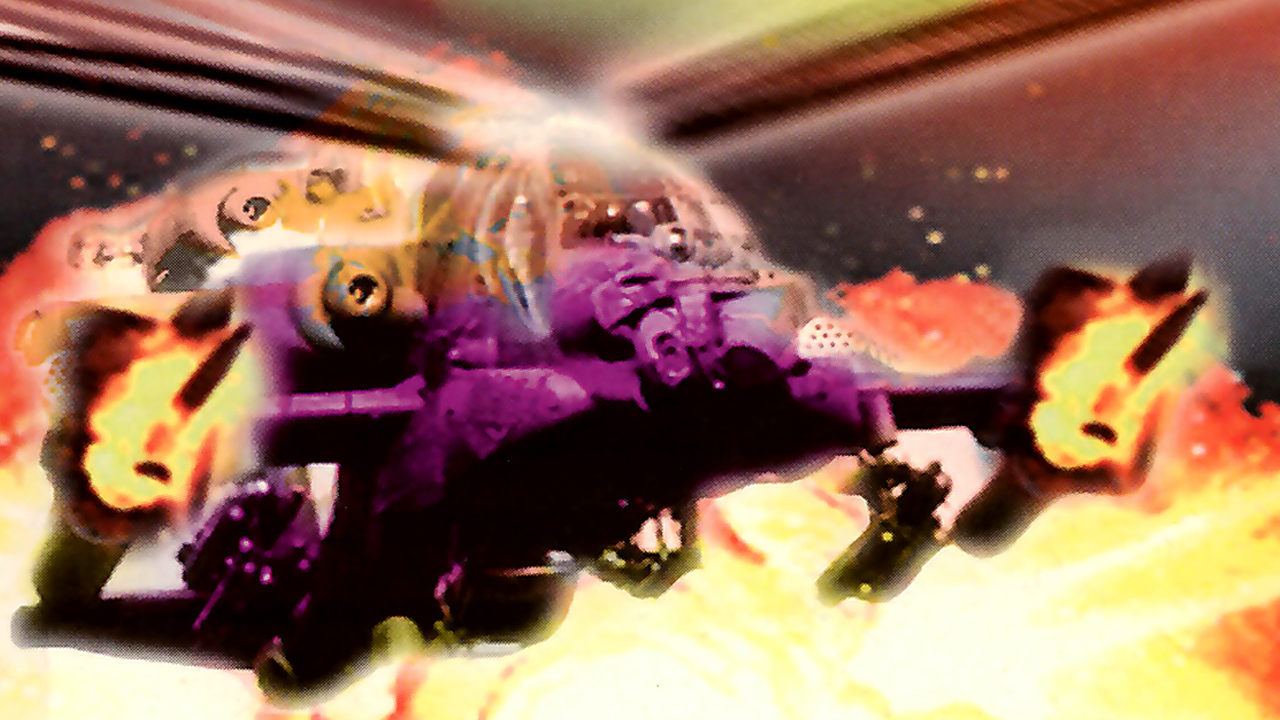
Platform: Sega Genesis Release date: 1993
While not the first RTS game, Westwood Studios’ Dune: The Battle for Arrakis ported in 1993 to the Sega Genesis established many conventions of the genre. Players had to build harvesters to reap a resource (in this case, spice) to convert into money. In addition, sources of power had to be built to maintain your growing number of buildings on your bases. More buildings means you can pump out more units. More units means being able to wipe out the enemy faster and move onto the next stage. Westwood Studios improved the graphics from the PC version so the units looked larger, making them easier to see on a far away TV than up close on a computer monitor. Buildings and units were built from a menu accessed by moving the cursor to the construction yard, which would take players to a separate screen to build units or other buildings. In a smart concession to the lack of mouse precision, the cursor switches to a circle with a large radius when you are trying to move units or attack enemies.
2. Command & Conquer
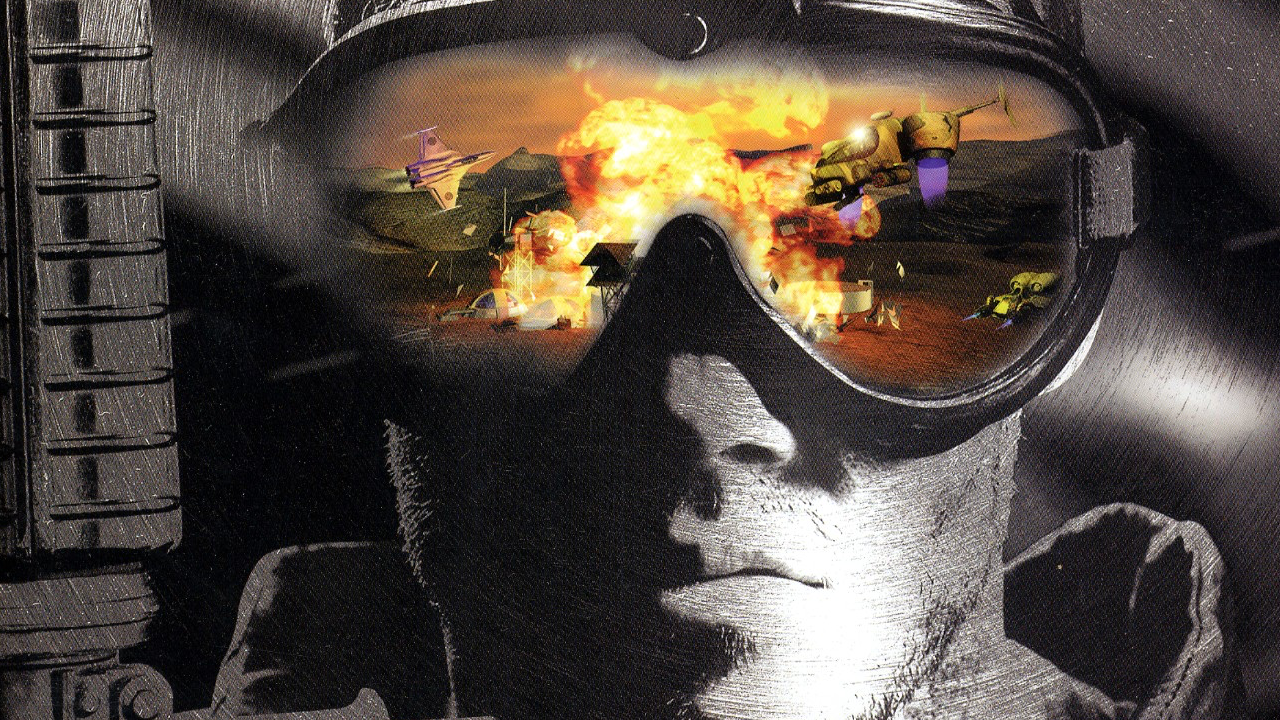
Platform: PlayStation, Nintendo 64, Sega Saturn Release date: 1995
Westwood Studios was able to provide a wider variety of controls just two years later in 1995 when bringing Command & Conquer to the Sony PlayStation, Saturn, and Nintendo 64. Filled with somewhat campy full-motion video mission briefings, an original science-fiction military story, and an exciting electronic score, Command & Conquer was the start to a much loved series. All of the extra buttons on the PlayStation controller led to a wider variety of advanced tactics at the player’s fingertips. One could assign custom groups of units to up to three different teams by pressing L2 and another button. This allowed the freedom to switch between unit types with ease, allowing for more precision strikes on the enemy. Constructing buildings and units became much easier because you could bring up a side menu at will at the press of a button.
3. Warcraft 2

Platform: PlayStation, Sega Saturn Release date: 1997
Blizzard Entertainment brought Warcraft 2 and its expansion over to the Sony PlayStation and Sega Saturn with 1997’s Warcraft 2: The Dark Saga. Gameplay was a bit more complicated than Command & Conquer; instead of just collecting one resource, you now had to collect up to three different resources to build units. Although there was a similar pop-up menu to Command & Conquer for building units, Warcraft 2 had a different approach to using hotkeys. You only could assign one group of units to a hotkey. However, you could assign up to three different locations on the map using the L2 key in combination with another button. Although this let players quickly jump back to their base if it was under attack, it was less convenient than Command & Conquer’s approach. Warcraft 2’s higher resolution graphics also took a hit on the home consoles.
Sign up to the GamesRadar+ Newsletter
Weekly digests, tales from the communities you love, and more
4. The Lord of the Rings: The Battle for Middle-earth 2
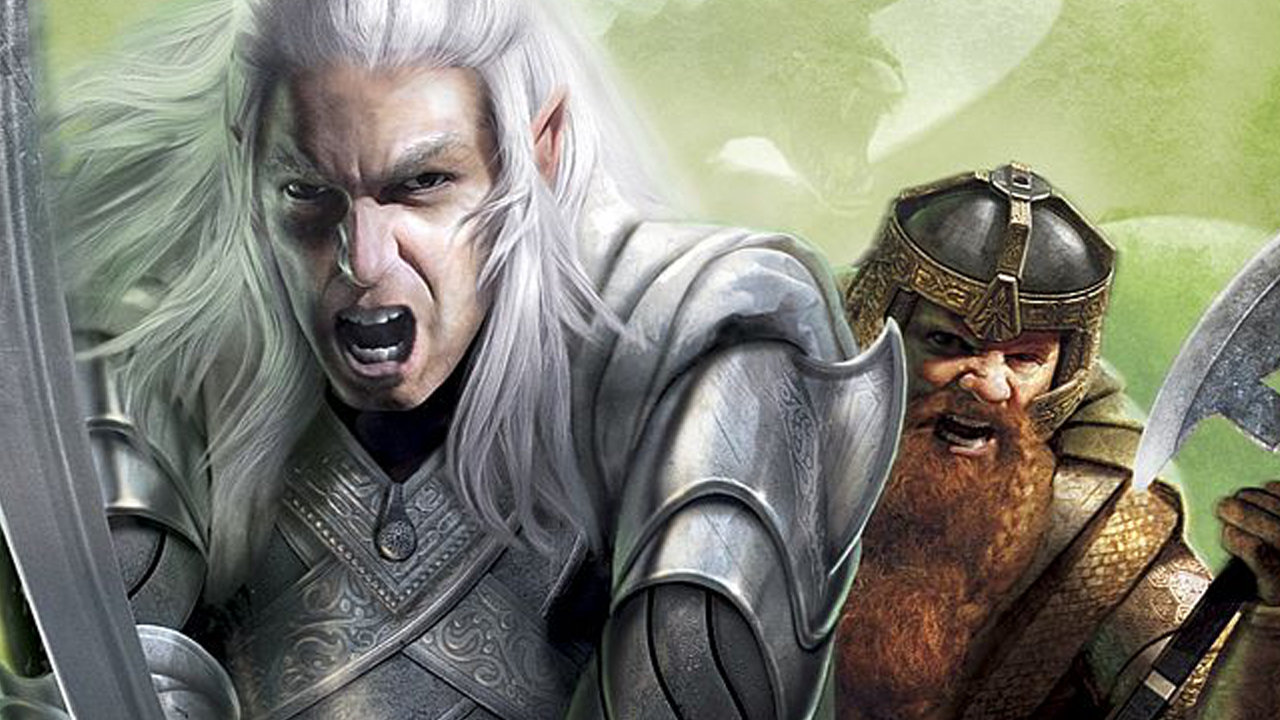
Platform: Xbox 360 Release date: 2006
Electronic Arts had a solid go at taking a much more complicated RTS to the home consoles with The Lord of the Rings: The Battle for Middle-earth 2 on the Xbox 360 in 2006. The playfield was rendered with 3D graphics, allowing players to rotate around the battlefield, zoom in to their units to see battles in more thrilling detail, and provide a greater variety of terrain for battles to take place on. Players could activate different unit abilities by pulling up a small unit specific radial menu in the lower-left corner of the screen. This brilliant use of real-estate was less clunky than a large menu and was very easy to read on a HDTV screen with crisp icons. The analogue joysticks also helped players glide along the map with easier and a higher level of precision than the D-pad players were stuck with in the earlier games.
5. Command and Conquer: Red Alert 3
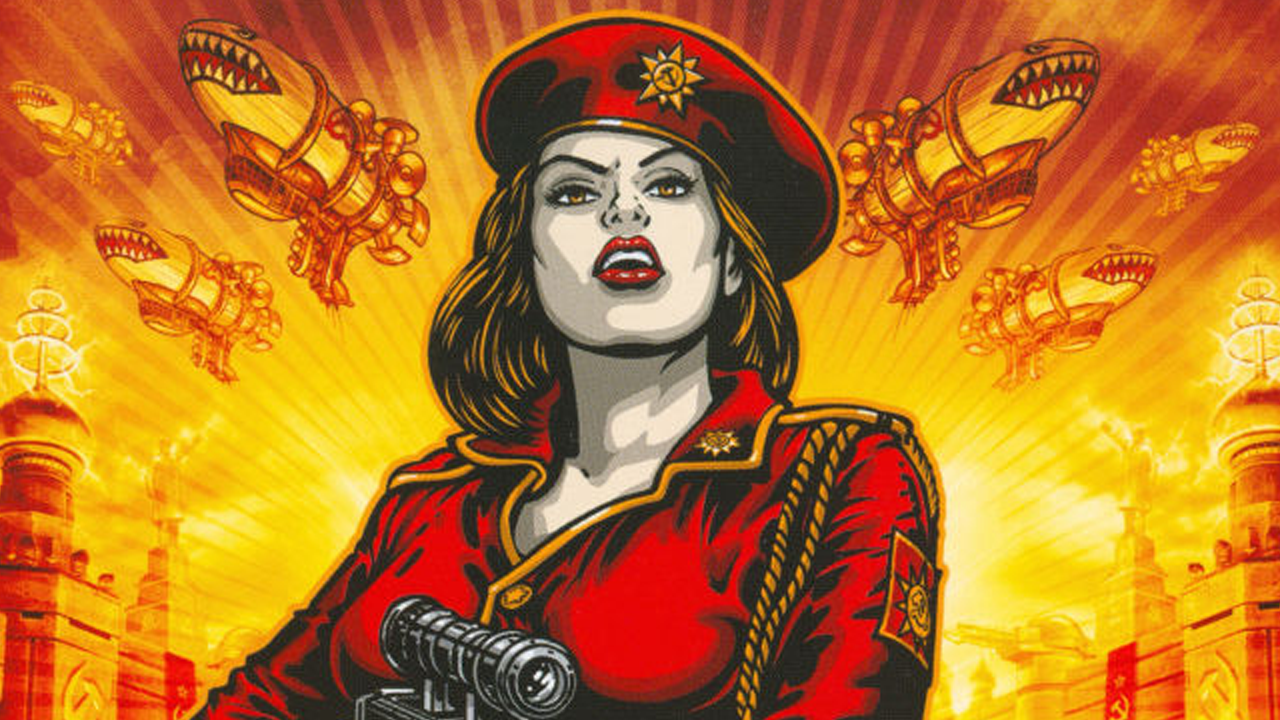
Platform: Xbox 360, PlayStation 3 Release date: 2008
EA improved things even further with 2008’s Command and Conquer: Red Alert 3 for the Xbox 360; the PlayStation 3 port wouldn’t come until 2009. Buildings and units could be created out of a radial menu, allowing for faster gameplay while cruising around the map. Even better, all of the missions were designed with co-op play in mind, meaning you and a friend could have fun command and conquering your way through the three different campaigns. With all the different options from selecting your whole army to cycling through different unit types at the press of the button, the complexities of gameplay could better be realized. Higher resolution graphics also allowed for HD video in the cut-scenes and allow more units to be shown on the screen than ever before.
6. Halo Wars

Platform: Xbox 360, Xbox One Release date: 2009
All of the console ports we’ve discussed to date were valiant attempts at trying to replicate the computer RTS experience on a home console, but Microsoft Game Studios really took a console-centric approach with Halo Wars in 2009. The view on the battlefield was much closer than typical for the genre, giving the game more of a Diablo vibe. The high number of enemy units with low hit-points made battles quicker and more exciting. Simplified gameplay mechanics made it clear that Microsoft was trying to give a gentle introduction to the RTS genre by way of their popular Halo franchise. The three different unit types (aircraft, infantry, and ground vehicles) could counter each other in a way that’s simple to understand. Buildings were constructed in fixed areas on the base. It’s only by truly adapting instead of just porting the real-time strategy genre to consoles did Halo Wars succeed in introducing a whole new audience to a new kind of gameplay.
Mat Bradley-Tschirgi is a former freelance journalist and longtime video game enthusiast, having contributed to outlets such as GamesRadar+ – lending his expertise and experience to help players better understand and get involved with the culture that surrounds gaming. Mat is currently a technical writer for Gala Games.


